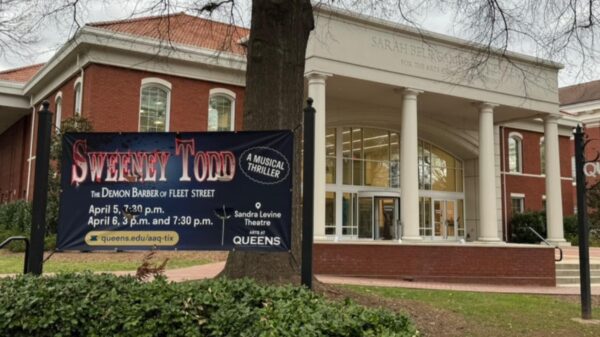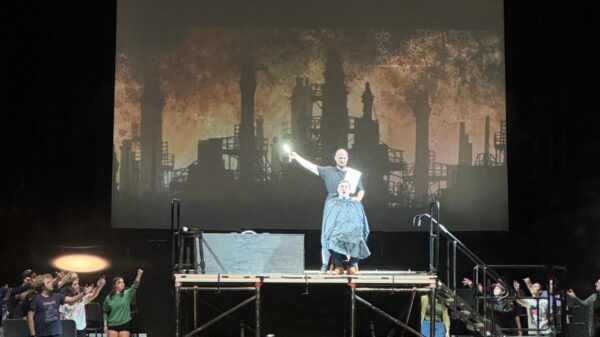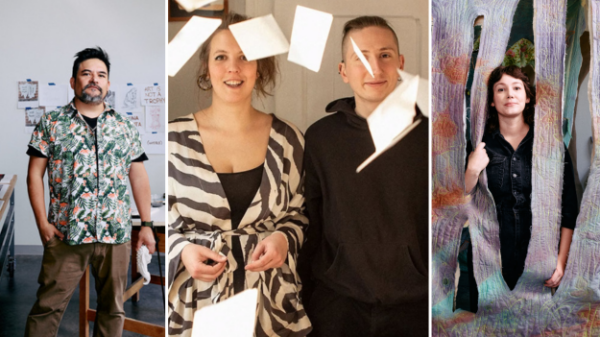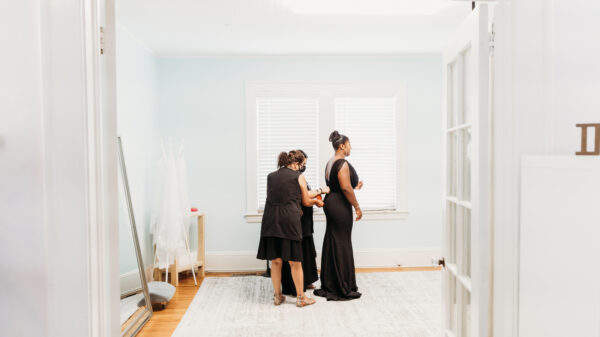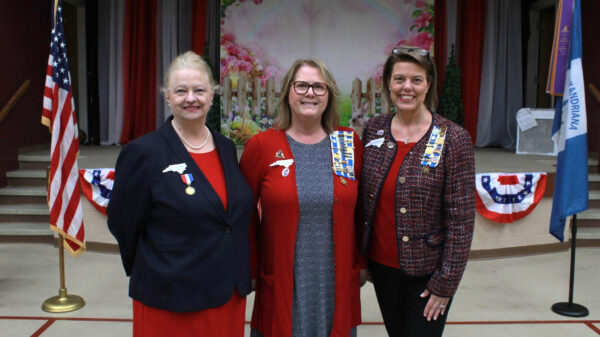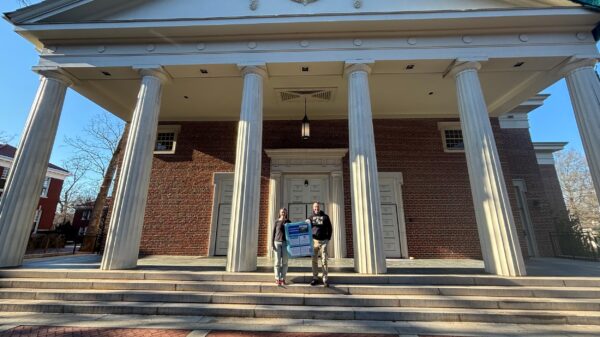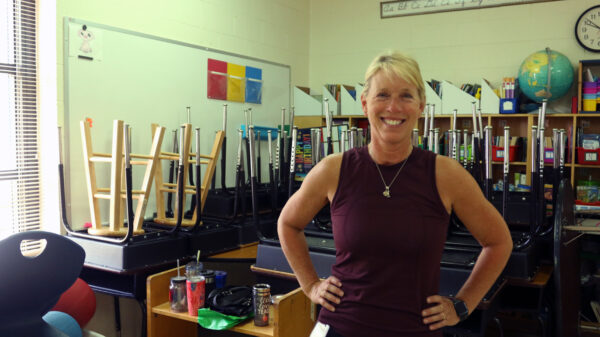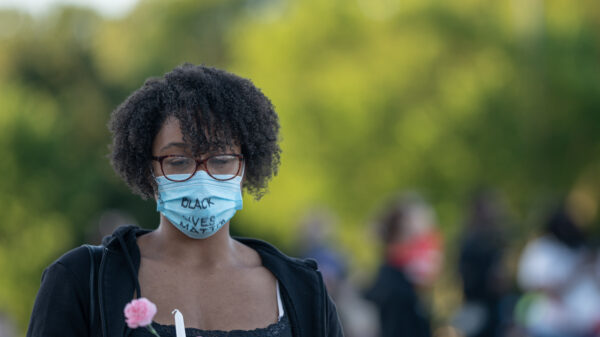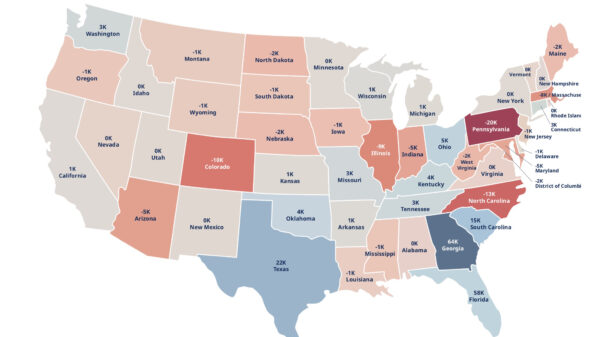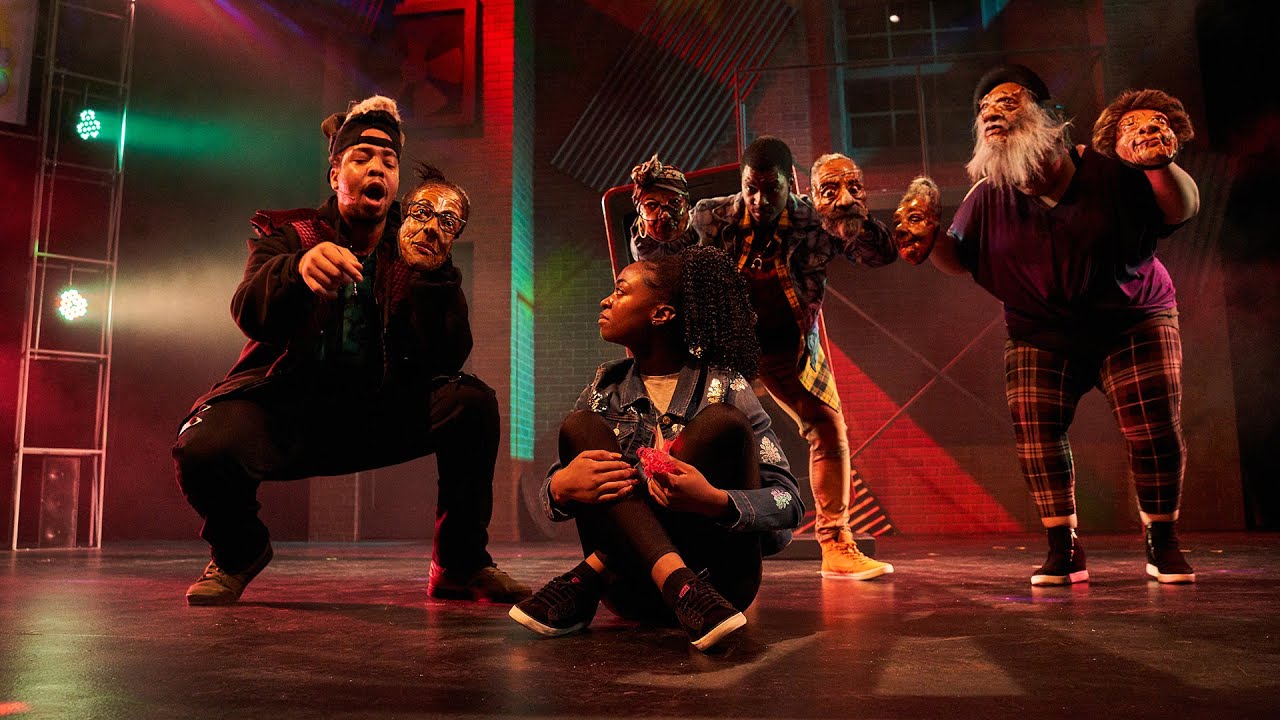After almost three years of near-death experiences for Charlotte theater organizations, arts leaders say they have a few new ideas about how to survive.
Unfortunately, there’s a huge need for a cure.
One music director said the recent closure of the Actors Theatre of Charlotte could be just the beginning. On Broadway, the producer of “Hamilton” described the theater community’s pandemic experience as “feeling like death.”
Turning the lights back on, producers say, will probably include more mega shows and seasonal standards, smaller casts, partnerships between theater companies and venues, more classes for kids and adults, and taking shows on the road. And a more imaginative entrepreneurial spirit from everybody.
“My hope is that the community hangs on and digs in,” said Kristin Tokic, a member of the board of directors of the Children’s Theatre of Charlotte. “Because I really think that there’s so much to offer here. It’s different. It’s innovative. It may not be union. But I don’t think Charlotte needs tours. I don’t think we need people to come in. We already have the talent here.”

After two decades of acting, singing and managing theatrical productions worldwide for Disney, Tokic now helps advise one of the few theatrical companies that thrived during the pandemic.
The devastation of COVID
The city of Charlotte estimated that COVID-19 created revenue losses of $50 million to arts and culture organizations. The German research firm Statista reported that COVID-19 reduced the number of employees in the U.S. theater industry by 22%. Over the last two years, the city of Charlotte distributed millions of dollars in two rounds of funding to help more than three dozen arts organizations survive, and that money is now mostly gone.
For two years, musicians and actors were unable to perform live, meaning that no ticket revenue came in. Almost by definition, arts nonprofits go from paycheck to paycheck to finance each production, and pay their artists with income from that production, said Justin Smith, director of choral activities and music at Queens University of Charlotte.
“With no donors and no ticket income, everything just dried up. It just went away,” Smith said. The pandemic delayed his production of “H.M.S. Pinafore” by 18 months, and he’s now gearing up for a November run of Gilbert and Sullivan’s “Iolanthe.”
“There is no substitute for live theater, live performance, live performing arts,” he said. “There’s something that you cannot recapture. You take away the fundamental aspect of theater, and there is no way to replace it,” said Smith.
In theater, online doesn’t work
Charlotte arts organizations navigated pandemic lockdowns by directing their audiences online.
“We kept rolling. That was never a question for us,” said Chris Timmons, artistic and acting executive director for TheatreCharlotte, now entering its 95th season. TheatreCharlotte adapted by digitally broadcasting shows, hosting performances in their parking lot, touring on the road, and enforcing a vaccination policy for all cast, crew and audience.
TheatreCharlotte found that virtual production did not engage people in the same way as going out to eat and then seeing a show afterwards, Timmons said.
Smith agreed. People get into music and theater because they like to connect in a live environment with other humans. “And we never found them,” Smith said. “I never found an online choir or an online way of doing things that was half as meaningful or satisfying.”
Tom Gabbard, chief executive officer of Blumenthal Performing Arts, said audiences simply lost the habit of attending theaters during the pandemic.
“I admired people who tried to do something, but you can’t duplicate a communal experience online,” said Gabbard. “Social distancing in a theater generally doesn’t work. If you’re sitting among a bunch of empty seats, it’s not very fun.”
“We’re all working hard to reestablish those relationships and reestablish that recollection of how much better it is to see a show in a theater as opposed to watching it on Netflix,” said Gabbard.
Expect to see more Nutcrackers
Children’s Theatre of Charlotte does something that Tokic has rarely seen. The theater schedules two or three mega shows each year that are guaranteed to make money, including productions like “Annie” and “Shrek the Musical.”
Tokic said they also partner with the Charlotte Mecklenburg Library’s ImaginOn facility to share overhead costs and to introduce the theater to families and library patrons. Children’s Theatre offers acting classes, camps and workshops, touring shows, and in- and after-school programs, and these create additional revenue sources.
Even on Broadway, Tokic said small casts of between five and 15 people reduce expenses to a more affordable level.
One challenge of these solutions is that despite reduced funding, theater companies need to remain mindful of diversity in stories, casts and audiences. Producers can’t just go into a database and say “that show title looks good,” Tokic said. “What else can we celebrate? Who else can we teach about?”
Opportunities in innovation
Despite national research indicating that the pandemic reduced attendance by 30 to 40% at traditional live performances, Gabbard said, Live Nation and big concerts are now experiencing banner years. A McKinsey consulting report projects that consumer behaviors in live entertainment will return to pre-COVID levels.
Opportunities exist for entrepreneurial, creative people who choose to innovate, Gabbard said.
“If you have a good sense of the pulse of the public, and how public tastes are changing, then the opportunity is large,” he said. “We’ve been willing to take some risks.” More than 300,000 people toured the immersive Van Gogh exhibition, he said, in a large warehouse that enabled people to enjoy art while still 6 feet apart.
People coming out of the pandemic are reconstituting their lives, with new jobs, new work patterns and new experiences. “But they are also reconstituting what they want from the arts,” said Gabbard. There is an increasing new appreciation for sourcing products and experiences locally, he said, “and there’s a huge increase in curiosity and support in what local artists are creating.”
– Caroline Willingham and Simone Feast contributed to this story.
-
Sam Carnes of Apex, North Carolina, is a 2023 graduate of the James L. Knight School of Communication at Queens University of Charlotte. Sam served as managing editor of the Queens University News Service, and as a Rogers summer scholar. She was recognized for her reporting on community issues including the influence of state government politicians in university curricula, the impact of the reversal of Roe v. Wade on university campuses, and Charlotte pedestrian walkability. Her story on Charlotte 911 emergency call response times was published on the front page of The Charlotte Observer.
View all posts


